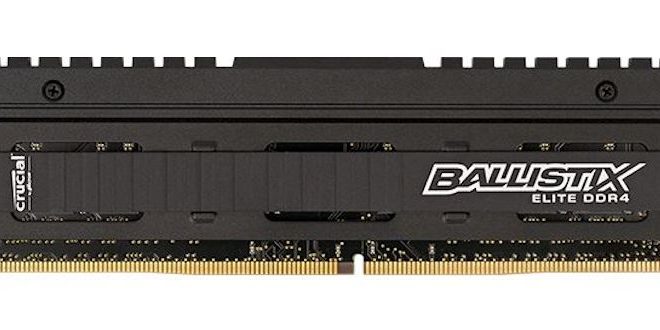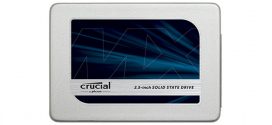Test Rig & Methods
To start with this kit is designed to run at 15-16-16-35 at 3000MHz and 1.35v but early on we discovered it would easily run at 15-15-15-35 with no voltage increase or other system settings in BIOS changed, Running at 15-15-15-35 is a freebie from Crucial, so while we report 15-16-16-35 as the 3000MHz XMP profile we ran the kit at 15-15-15-35 1.35v the entire testing cycle and had no problems what so ever. As a bonus to these tighter timings, we also overclocked at 15-15-15-35 with no issues and no voltage increase.
Our testing has changed a bit with Windows 10, as we disable automatic updates so that the machine isn’t downloading updates while we test. We clear the cache and prefetch before test runs and disable the firewall and virus scanner. Windows 10 is updated as much as possible and we manually go on and select updates applying all patches and updates prior to beginning the testing. We run a single SSD or multiple SSD’s so there’s no drive indexing going on. We shut down the Internet to ensure no background task is checking for updated virus definitions. All non-mandatory system-tray icons are closed.
The Windows install is done fresh for every review, and we install all the latest drivers and utilities for the motherboard. We leave the system at the normal overclock (in this case 4500MHz) but the RAM is left at factory speed for benchmarks. We do run a picture of the stock speed benchmark on one benchmark, then run an overclocked benchmark to show the boost you get from the overclocking.
| Test Rig “Quadzilla” |
|
| Case Type | |
| CPU | (OC to 4.5GHz) |
| Motherboard | |
| RAM | |
| CPU Cooler | |
| Hard Drives | |
| Optical | Liteon DVD Burner |
| GPU | HIS RX480 IceQ 2 Turbo 8GB |
| Case Fans | 1 x 180mm Mosfet / CPU / RAM cooling fan 1 x 120mm PCI-E Cooling Fan |
| Docking Stations | None |
| Testing PSU | |
| Legacy | None |
| Mouse | |
| Keyboard | |
| Any Attempt Copy This System Configuration May Lead to Bankruptcy | |
 Bjorn3D.com Bjorn3d.com – Satisfying Your Daily Tech Cravings Since 1996
Bjorn3D.com Bjorn3d.com – Satisfying Your Daily Tech Cravings Since 1996








